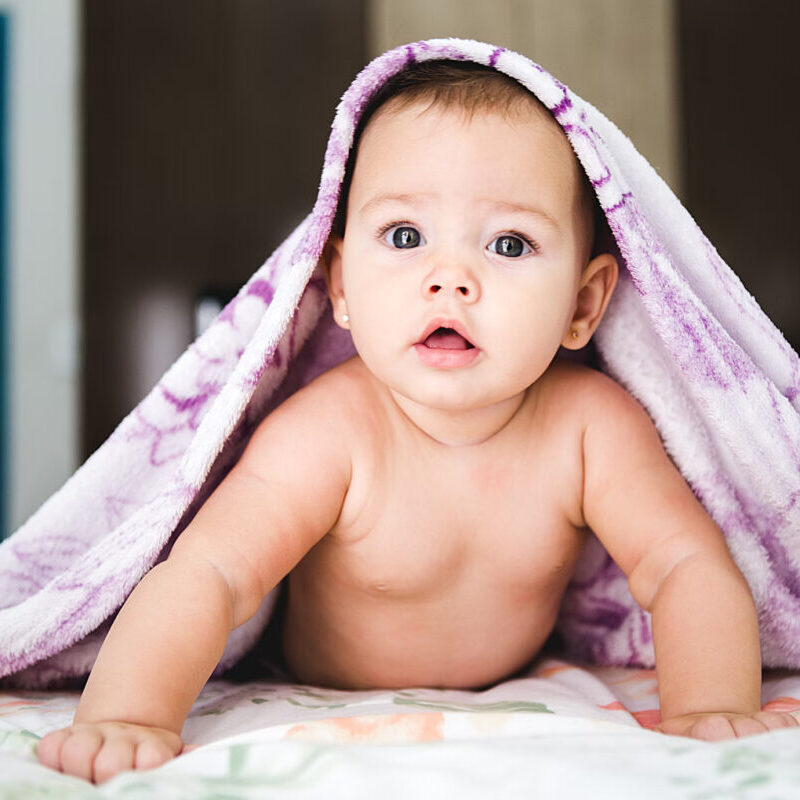Soft and Absorbent: Decoding Materials and Craftsmanship in Baby Bath Towels
Imagine the delicate ritual of bath time with your little one – those giggles echoing off tiled walls, the splash of water, and the moment you wrap them in a towel that’s as gentle as a hug. But what if that towel could do more than just dry? What if it whispered promises of softness against newborn skin, warded off irritations, and even championed eco-friendliness? In the world of baby care, bath towels aren’t mere afterthoughts; they’re guardians of comfort. As parents, we’ve all faced the dilemma: cotton or bamboo? Velour or terry? Let’s dive into the textured universe of baby bath towels, exploring materials that blend luxury with practicality, and uncover why craftsmanship matters more than you might think.
Cotton – The Classic Choice
Starting with the classics, cotton has long reigned supreme in the realm of baby textiles. But not all cotton is created equal. Organic cotton, for instance, skips the pesticides and chemicals that could linger on conventional varieties, making it a safer bet for sensitive baby skin prone to eczema or allergies. Picture this: a plush terry cloth towel woven from long-staple Egyptian cotton, where loops of yarn create that signature absorbency. These loops trap water like tiny sponges, drying your baby swiftly without the need for vigorous rubbing that might chafe. Yet, the real magic lies in the weave – a high GSM (grams per square meter) rating, say 500 or above, ensures durability through countless washes, resisting the pilling that plagues cheaper options.
Bamboo Fiber – The Rising Star
But here’s where it gets intriguing: enter bamboo fiber, the underdog that’s swiftly climbing the ranks. Derived from the fast-growing bamboo plant, this material isn’t just sustainable; it’s a natural wizard at moisture-wicking. Bamboo towels boast up to three times the absorbency of cotton, thanks to microscopic gaps in the fibers that pull in water like a magnet. And the softness? It’s akin to cashmere, with an inherent antibacterial property that fights off odors and mildew – perfect for humid bathrooms where towels might linger a bit too long. I’ve spoken with textile experts who swear by bamboo’s hypoallergenic qualities; one mill owner in Asia shared how blending bamboo with a touch of microfiber enhances silkiness without compromising eco-credentials. If you’re eco-conscious, bamboo’s rapid renewability – regenerating in mere months – makes it a guilt-free choice over water-intensive cotton farming.
Cotton Velour – Luxury and Function Combined
Shifting gears to cotton velour, a variant that’s often overlooked but packs a punch in luxury. Velour towels feature a sheared pile on one side, creating a velvety smoothness that’s irresistible against baby skin, while the reverse might retain terry loops for absorption. This dual-sided design isn’t just clever; it’s a nod to thoughtful craftsmanship. In production, the yarn is dyed pre-weave to ensure colorfastness, preventing fading that could transfer to your child’s skin. Brands focusing on premium baby products often opt for ring-spun cotton in velour, where fibers are twisted tightly for extra strength and fluffiness. The result? A towel that feels like a cloud but holds up to the rigors of daily use, from spit-ups to teething drools.
Craftsmanship – The Unsung Hero
Now, let’s talk craftsmanship – the unsung hero behind every great towel. It’s not just about the material; it’s how it’s put together. Take zero-twist yarns, for example: these are spun without the usual twisting, yielding an ultra-fluffy texture that’s lighter and quicker to dry. Or consider enzyme washing, a gentle process that softens fibers naturally, avoiding harsh chemicals. In regions like China, where innovation meets tradition, manufacturers are pioneering blends that incorporate modal (from beech trees) for enhanced drape and shine. As a baby bedding manufacturer China-based with global reach, companies like ours at MK Kids emphasize these techniques to create products that prioritize both baby wellness and parental peace of mind.
Innovative Blends – Best of Both Worlds
Blends are where innovation truly shines. A bamboo-cotton hybrid marries the best of both worlds: bamboo’s quick-dry prowess with cotton’s familiar coziness. Add in a dash of polyester for wrinkle resistance, and you’ve got a towel that’s travel-friendly for family outings. But beware the pitfalls – low-quality blends can shed fibers or lose shape after a few cycles. Look for Oeko-Tex certification, which guarantees no harmful substances, ensuring your towel is as pure as your intentions.
Emerging Materials – The Future of Baby Towels
Beyond the basics, emerging materials like Tencel (lyocell from eucalyptus) are making waves. This wood-pulp derivative is buttery soft, highly absorbent, and biodegradable, appealing to parents eyeing long-term sustainability. Its closed-loop production recycles water and solvents, minimizing environmental impact. In craftsmanship terms, Tencel weaves beautifully into hooded towels, those adorable post-bath capes that keep tiny heads warm. I’ve seen prototypes where laser-cutting edges prevent fraying, a small detail that elevates everyday use.
Care and Longevity
Of course, no discussion is complete without addressing care and longevity. High-quality towels thrive on gentle cycles, air-drying to preserve loft, and avoiding fabric softeners that coat fibers and reduce absorbency. Parents often share stories of heirloom towels passed down, a testament to superior materials holding their own against time.
Conclusion
In wrapping up – pun intended – choosing a baby bath towel is about more than utility; it’s crafting moments of tenderness. Whether you lean toward the timeless embrace of cotton velour, the green allure of bamboo, or innovative blends, prioritize what feels right for your family’s lifestyle. At MK Kids, we pour this philosophy into every product, designing with the whisper-soft needs of infants in mind. Explore our collection and discover how the right material can transform bath time from routine to ritual.
 +1 5618168645
+1 5618168645

 Admin
Admin




 No. 888 ZhuJiaWan Street, Gusu District, Suzhou City, Jiangsu Province, China
No. 888 ZhuJiaWan Street, Gusu District, Suzhou City, Jiangsu Province, China